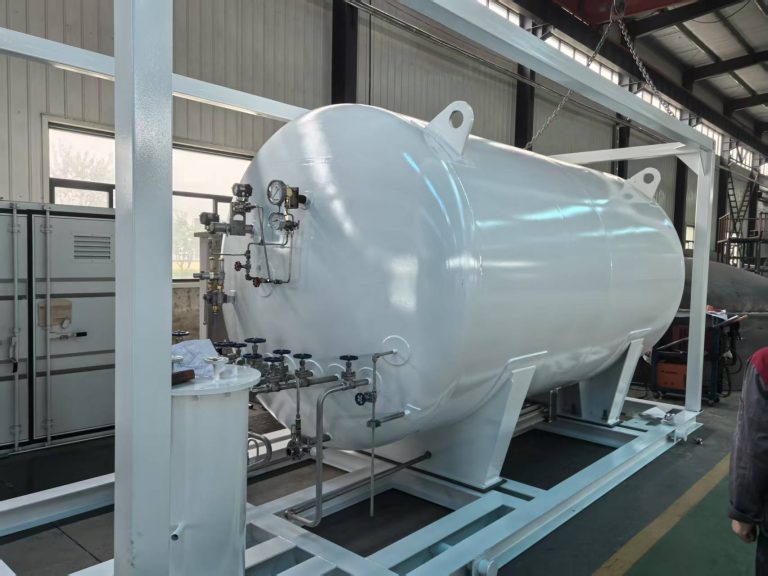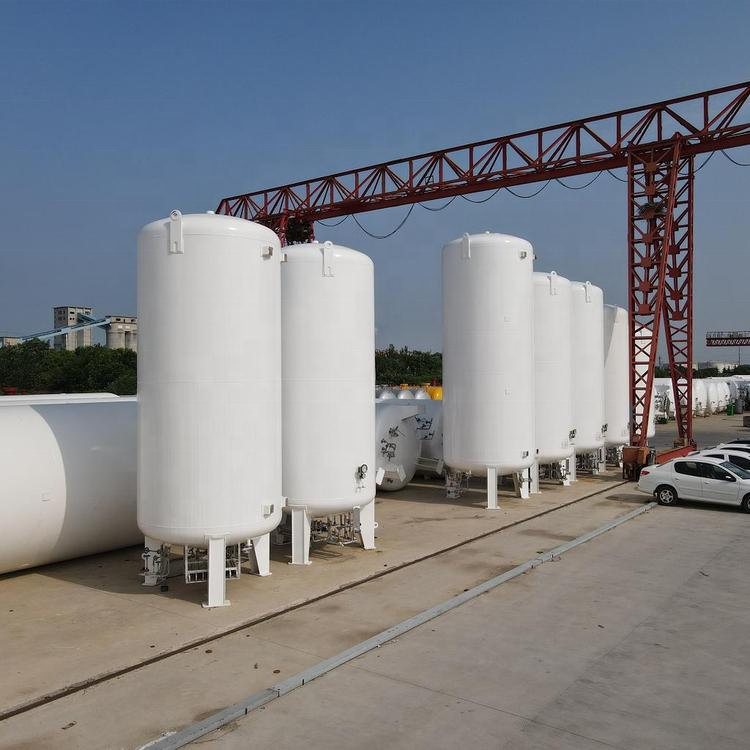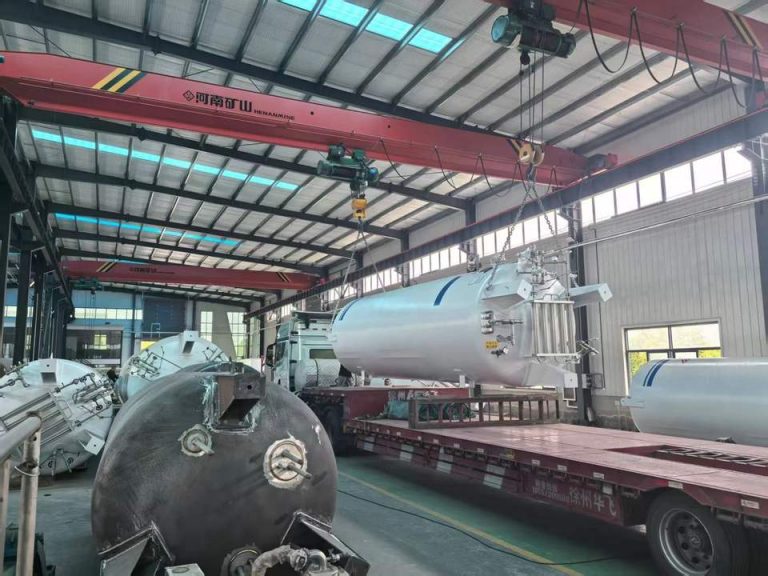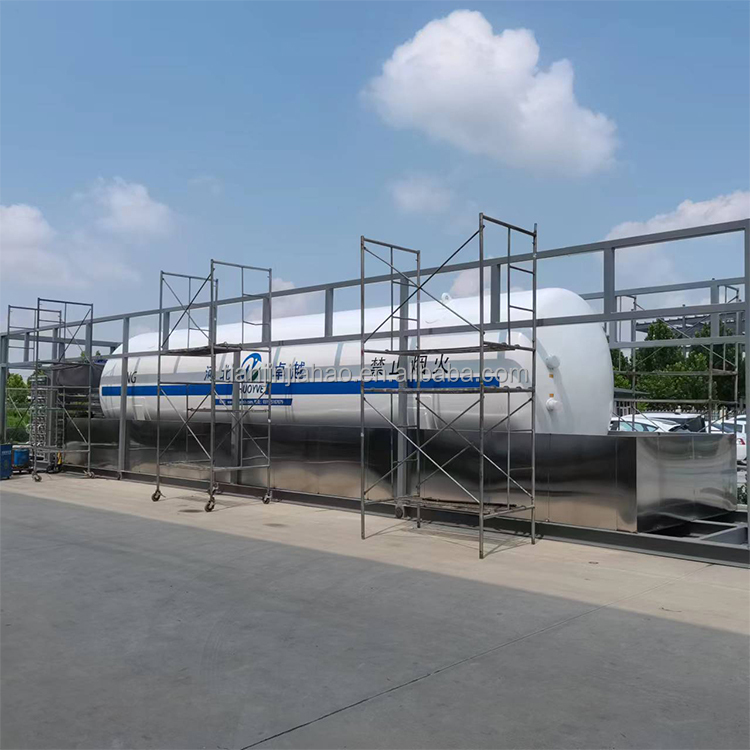1.Precautions Before Use
When users first operate a liquid oxygen tank, unfamiliarity with the equipment may lead to operational issues. Let’s review key aspects of the tank to ensure safe and effective use.
2.Function of Liquid Oxygen Tanks
Liquid oxygen tanks offer superior storage capabilities and have gained widespread recognition and trust within the industry. These containers are designed to hold liquid oxygen, a cryogenic substance, and are also referred to as cryogenic tanks. They are primarily used for storing oxygen for respiratory purposes, with a key function being centralized oxygen supply.
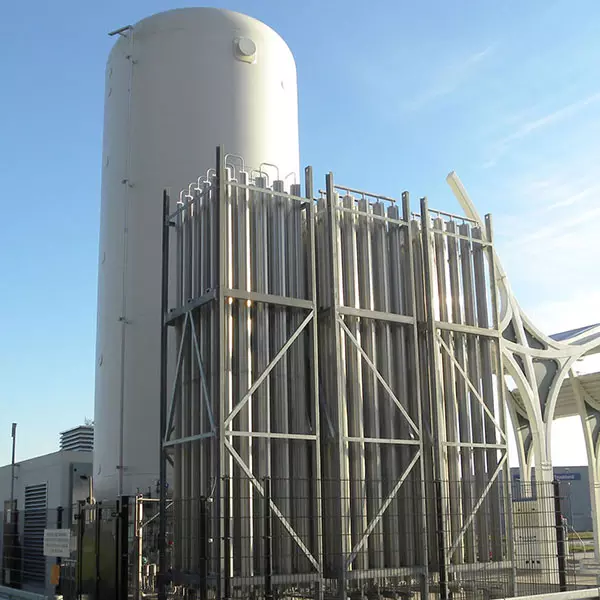
3.Types of Liquid Oxygen Tanks
Liquid oxygen tanks are typically categorized into two types: vertical or horizontal. Internally, the tank consists of an inner vessel and an outer vessel. The inner vessel is constructed from 304 stainless steel, while the outer vessel is made of standard carbon steel. The outer vessel undergoes vacuum extraction and is filled with insulating perlite sand to achieve thermal insulation. Capacity ranges from approximately 5 to 150 cubic meters and can be customized according to client requirements.
4.Safety and Risk Prevention
Operators of liquid oxygen storage tanks must thoroughly understand the structural characteristics of mechanical equipment, piping, and valve systems. They should be knowledgeable about the hazardous properties of cryogenic liquids, strictly control the surrounding environment, and adhere to operating procedures.
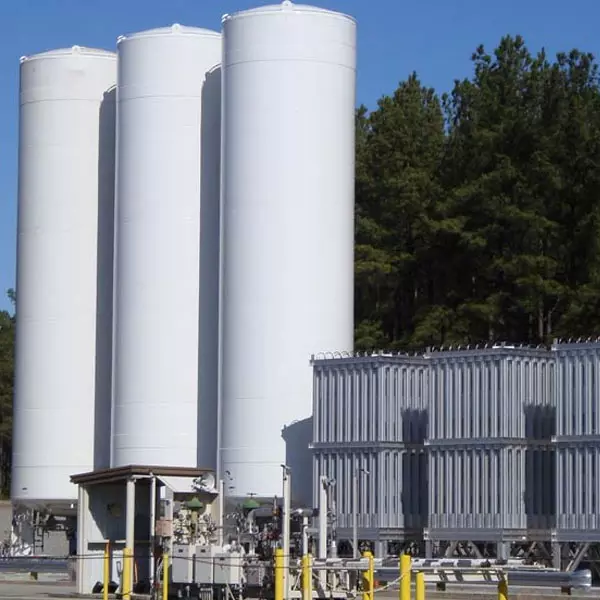
5.Personnel Requirements for Liquid Oxygen Tank Operations
Operators must complete training and certification from municipal-level or higher quality and quality supervision departments before commencing work, holding valid high-pressure vessel operation certificates. Prior to operations, personnel must implement appropriate protective measures for workers as stipulated.



